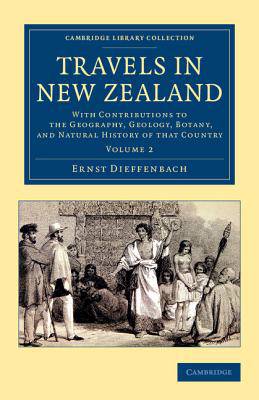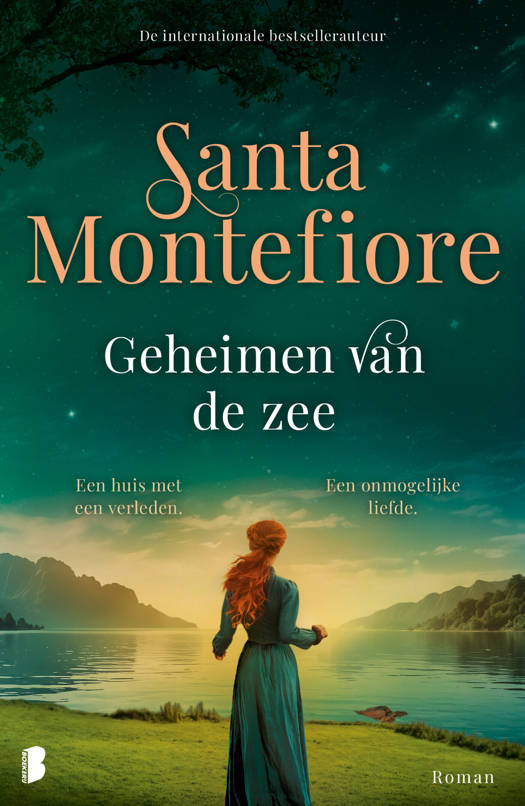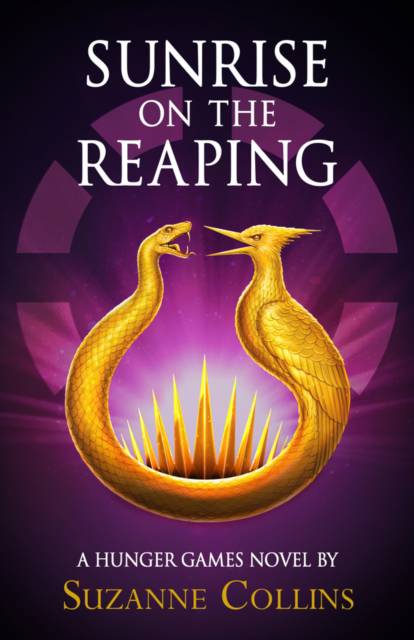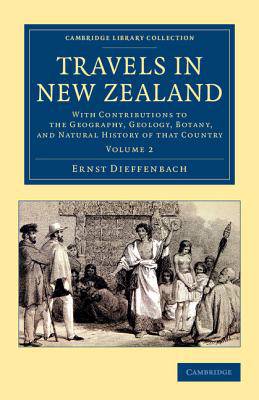
- Afhalen na 1 uur in een winkel met voorraad
- Gratis thuislevering in België vanaf € 30
- Ruim aanbod met 7 miljoen producten
- Afhalen na 1 uur in een winkel met voorraad
- Gratis thuislevering in België vanaf € 30
- Ruim aanbod met 7 miljoen producten
Zoeken
Travels in New Zealand
With Contributions to the Geography, Geology, Botany, and Natural History of That Country
Ernst Dieffenbach
€ 90,45
+ 180 punten
Uitvoering
Omschrijving
As a surgeon and naturalist for the New Zealand Company, Ernst Dieffenbach (1811-55) travelled widely in the North Island between 1839 and 1841. He was the first European to successfully scale Mount Egmont (or Taranaki), and he also visited the natural wonders of the Pink and White Terraces at Lake Rotomahana, which were later destroyed in a volcanic eruption. First published in 1843, this two-volume work describes the landscapes, flora and fauna in a highly readable style. Volume 2 focuses on the Maori inhabitants of the island, for whom Dieffenbach had a respect and admiration that was unusual for the time. He writes about their customs, such as hunting techniques, burial practices and the tradition of facial tattooing. He also provides examples of Maori language, including songs and simple phrases. The final section of the work comprises a short grammar and dictionary.
Specificaties
Betrokkenen
- Auteur(s):
- Uitgeverij:
Inhoud
- Aantal bladzijden:
- 410
- Taal:
- Engels
- Reeks:
Eigenschappen
- Productcode (EAN):
- 9781108062183
- Verschijningsdatum:
- 26/09/2013
- Uitvoering:
- Paperback
- Formaat:
- Trade paperback (VS)
- Afmetingen:
- 140 mm x 216 mm
- Gewicht:
- 517 g

Alleen bij Standaard Boekhandel
+ 180 punten op je klantenkaart van Standaard Boekhandel
Beoordelingen
We publiceren alleen reviews die voldoen aan de voorwaarden voor reviews. Bekijk onze voorwaarden voor reviews.











